Draft BEAD Plans Looking to Mark Some Fixed Wireless 'Underserved'
Ohio's move was blocked by the NTIA, but Vermont's and Georgia's survived edits from the agency.
Jake Neenan, Jericho Casper
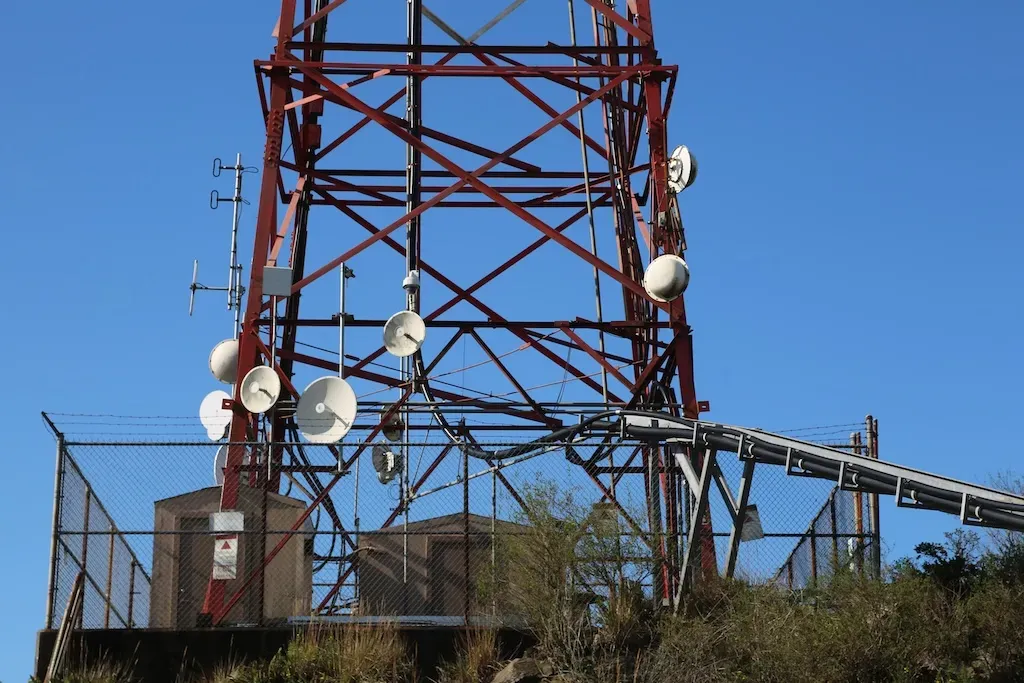
WASHINGTON, January 3, 2024 – Ten states included plans in their draft Broadband Equity, Access and Deployment proposals to make more licensed fixed wireless service areas eligible for subsidized infrastructure by categorizing them as un- or underserved.
The $42.5-billion broadband expansion program’s rules mark the fixed wireless
technology as “reliable broadband service,” meaning areas receiving home internet on licensed spectrum are only by default eligible for BEAD-funded infrastructure if speeds are below the program’s minimum threshold of 100 Megabits per second download and 20 Mbps upload. The states and territories were required to submit initial proposals for implementing the program to the federal government by December 27.
The states consistently cite concerns about wireless networks’ ability to handle large numbers of users at once, particularly in the case of broadband provided with the excess capacity on networks designated for mobile use, as those networks prioritize mobile users during periods of congestion.
“As additional customers are added and subtracted from fixed wireless networks, the amount of available bandwidth available per customer varies,” David Fish, deputy director of the Vermont Community Broadband Board, said in an email. “A particular fixed wireless customer could receive 100/20 Mbps or better during one month and then no longer be able to receive that speed in another month as customers are added.”
States with initial drafts marking some wireless broadband ‘underserved’
Four states – Georgia, Michigan, Mississippi, and Vermont – published initial drafts of those plans that would mark areas whose only internet comes from wireless broadband on cellular networks as “underserved,” making them eligible for BEAD-funded infrastructure.
North Carolina’s draft plan would set homes and businesses receiving service from the technology to “unserved,” putting them at the front of the line for BEAD-funded infrastructure. By default, locations receiving less than 25 * 3 Mbps are unserved and locations receiving less than 100 * 20 Mbps are underserved, with unserved getting special priority. The state’s draft would also mark as unserved locations connected via a general access license in the CBRS band.
Three other states – Ohio, Nevada, and Wisconsin – planned to extend the underserved designation to locations receiving fixed wireless broadband on licensed spectrum, including networks specifically designed for home broadband.
California published a draft plan that would modify locations receiving licensed fixed wireless at speeds on the lower end of the underserved range, moving them into the unserved category. New Mexico did the same, but only if the service is provided by cellular networks.
No drafts including these measures have been officially approved by the National Telecommunications and Information Administration, the Commerce Department agency handling BEAD.
States are allowed to modify the designation of certain locations, provided they justify them with sufficient evidence, according to an NTIA policy notice.
Ohio’s plan to designate all fixed wireless unserved was scrapped
The agency scrapped Ohio’s plan to designate all licensed fixed wireless as unserved, citing inconsistency with the BEAD definition of reliable broadband. A revision in the state’s BEAD draft acknowledges that the NTIA informed the state broadband office that categorizing the technology as unserved would breach the rules laid out in NTIA’s Notice of Funding Opportunity.
Vermont and Georgia’s plans to mark as underserved wireless broadband on cellular networks, however, survived NTIA edits to their draft proposals. Both state offices said they submitted proposals including the measure.
“I believe we made a convincing case and are expecting final approval any day on our Volume 1 proposal,” Fish said. “Are we concerned that it could still be rejected? Yes, of course, but we firmly believe we proved our case and believe the NTIA shares our desire to avoid declaring mission accomplished and then having people come out of the woodwork saying they are unserved.”
The fear that some homes and businesses in Vermont receiving cellular fixed wireless at reported speeds above the minimum BEAD threshold may turn out to lack consistent internet access comes from concerns about the capacity on those networks and the state’s geography.
The state, 78 percent of which is covered in heavy tree canopy, incorporated into its BEAD plan a line-of-sight analysis to demonstrate potential obstructions to radio signals necessary for fixed wireless. The analysis reveals 1,108 locations lack visibility to any towers, and therefore, would experience diminished service for a significant portion of the year.
Those factors can amount to inconsistent wireless service in Vermont, the state’s broadband office said in its draft proposal. It cites 2,464 challenges submitted as of 2023 to FCC coverage data for the state’s biggest cellular fixed wireless provider, over two-thirds of which were upheld.
Georgia broadband office shares Vermont concerns
Jessica Simmons, Executive Director of the Georgia Broadband Program, said the state shares some of Vermont’s concerns about broadband provided on cellular networks.
“This is a good technology, it’s just a capacity concern,” she said. With home internet users and mobile users competing, she said, it can be difficult for all locations within range of a cellular network to consistently connect on its excess bandwidth.
Georgia’s plan to mark homes and businesses served only by the technology as underserved is an effort “to make sure that those locations that are being marked as ‘served’ can actually get access that they requested,” she said.
Simmons said the NTIA requested additional information on why the state felt it necessary to make the change. The measure survived edits from the agency, but has yet to be officially approved.
The NTIA did not respond to a request for comment.
Republican lawmakers at a House oversight hearing in December pushed Alan Davidson, the agency’s top official, on state plans to open up more wireless broadband service areas to BEAD infrastructure. They expressed concerns that such plans would lead to states subsidizing networks in areas that already receive adequate internet.
Rep. Tim Walberg, R-Michigan, said he was “very concerned” about his state’s draft proposal, which would mark locations receiving cellular fixed wireless as underserved and asked Davidson to commit to rejecting the plan.
“I can’t really answer the question without having without seeing sort of the totality of what they’re proposing and what their what the state will be working on,” Davidson said at the hearing.
“I will say there are good reasons states have tried in some situations to work within the statute… to make these changes as they go through their own challenge process and figure out where they’re going to spend the money that we’ve given them,” he said.
This story was reported and written by Reporters Jake Neenan and Jericho Casper.



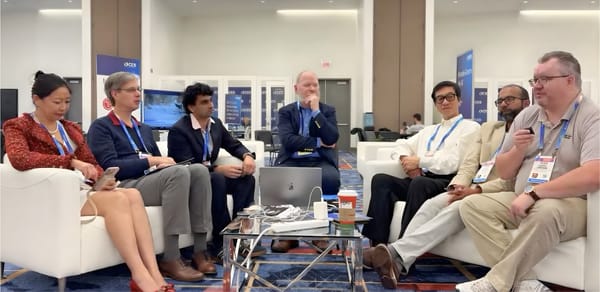
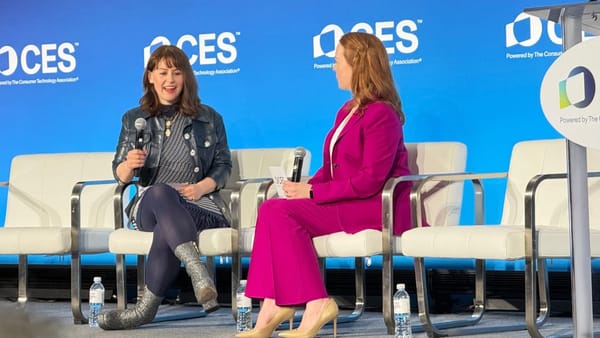
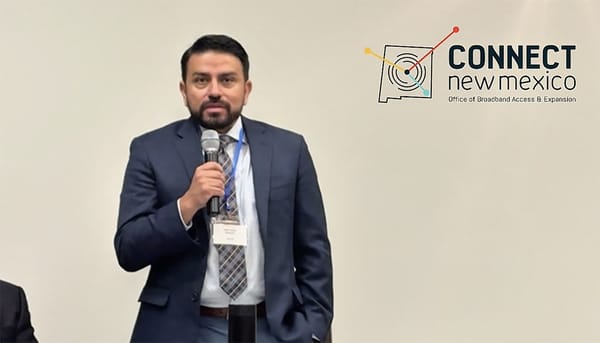


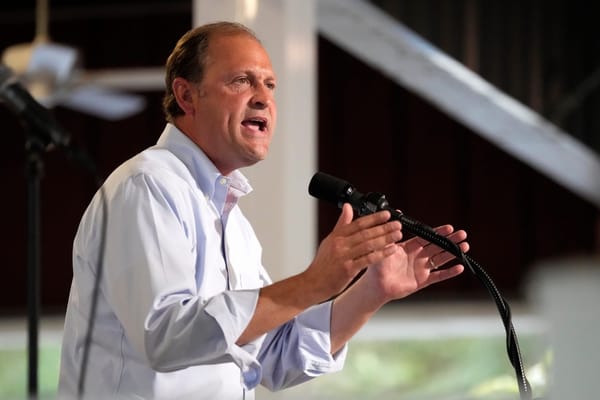

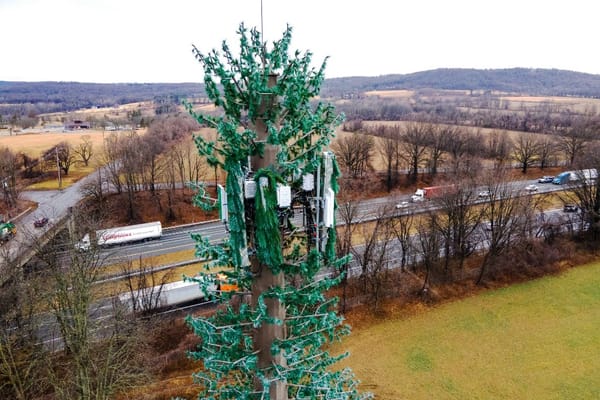
Member discussion